Biology- cell division
1/8
There's no tags or description
Looks like no tags are added yet.
Name | Mastery | Learn | Test | Matching | Spaced |
|---|
No study sessions yet.
9 Terms
IPMAT
Interphase, Prophase, Metaphase, Anaphase, Telophase
Interphase
happens before mitosis
enlargement of cells
duplication of DNA
this phase of cell is getting ready to divide
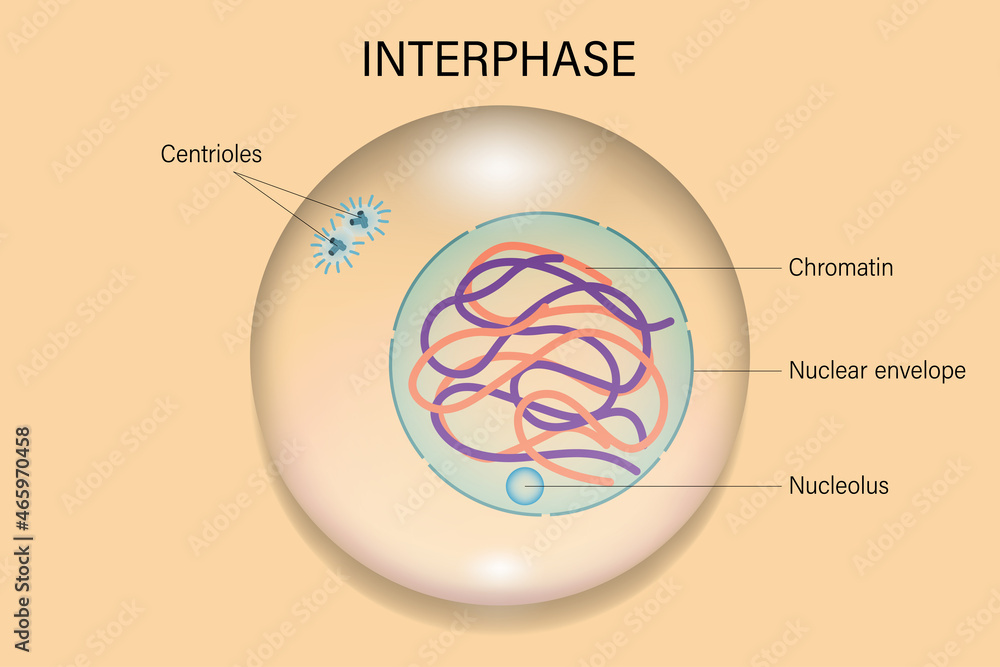
Prophase
chromosomes are visible
each chromosome has an identical pair of chromatids joined by centromere
spindle fibres start to form

Metaphase
nuclear membrane breaks down
chromosomes float freely
chromosomes will move to line up in the middle of the cell by spindle fibres
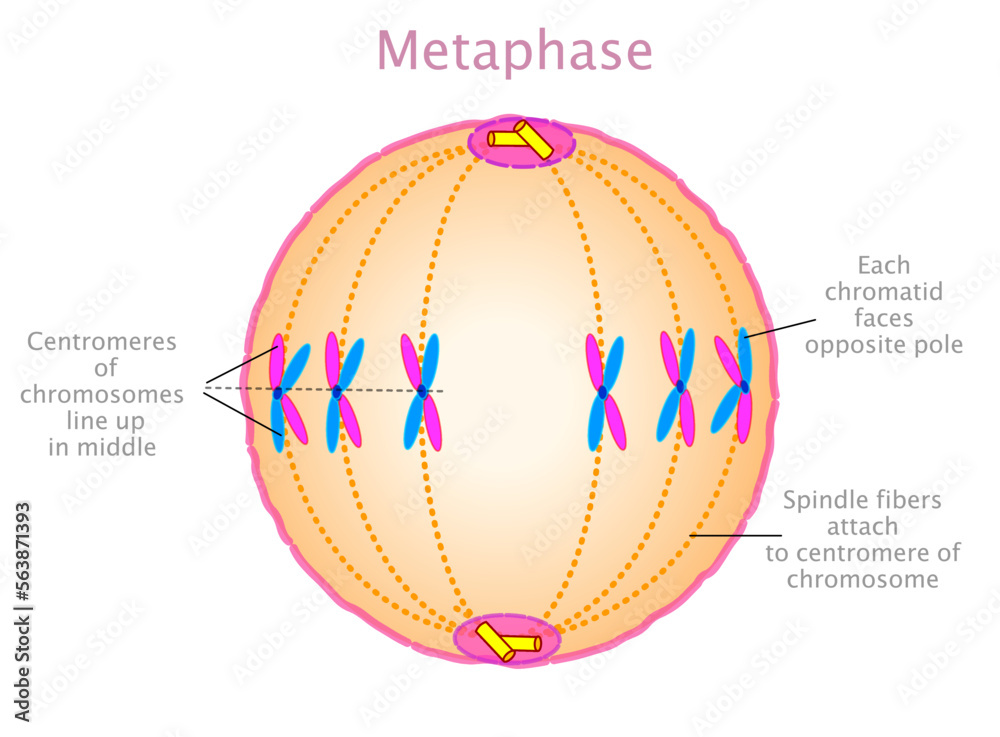
Anaphase
the chromatid pairs are separated by spindle fibres to poles of the cell

Telophase
the two sets of chromosomes are now at separate poles
spindle fibres break down
chromosomes condense
new nuclear membrane forms
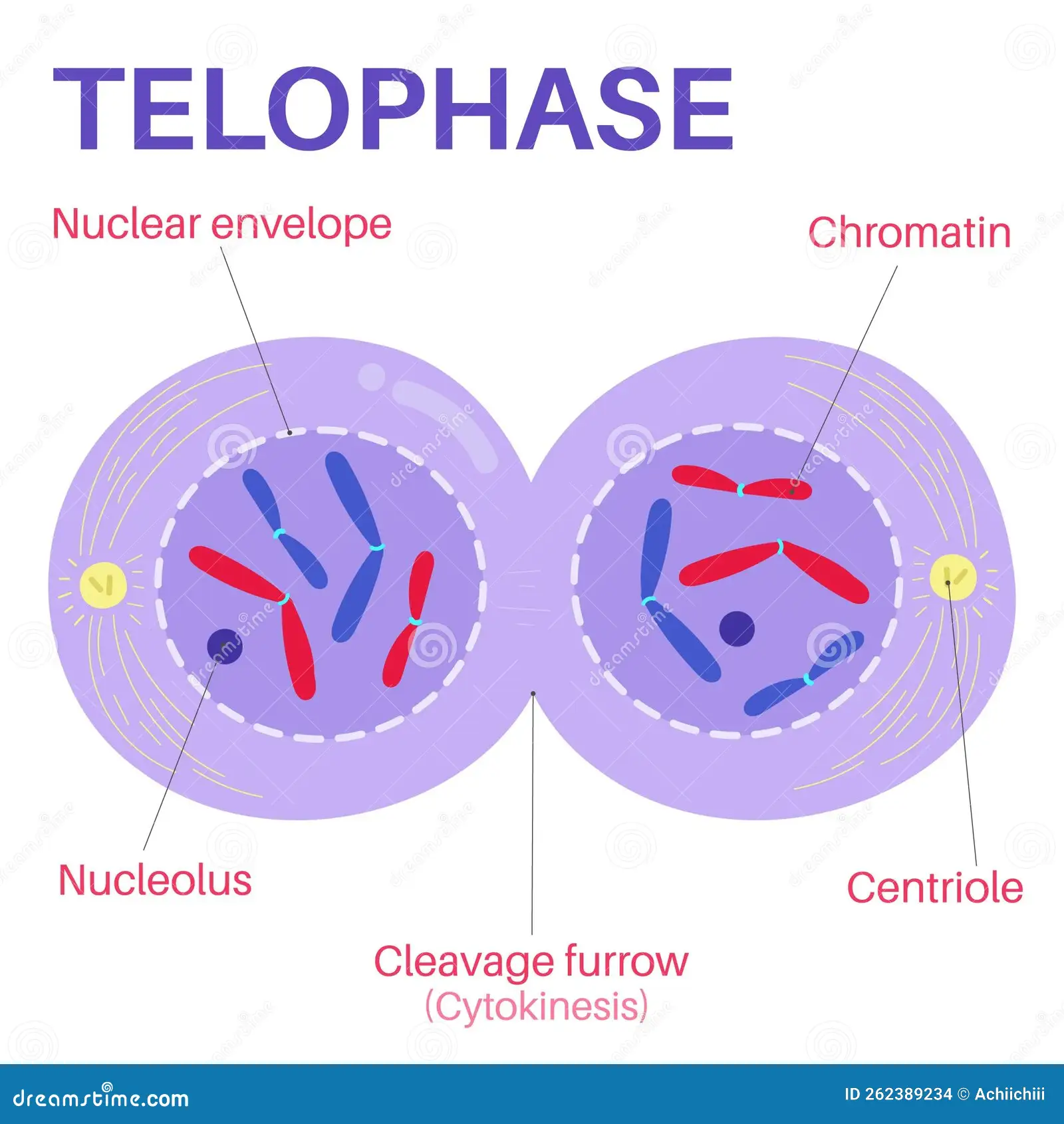
Cytokinesis
final splitting of cytoplasm
leaves two daughter cells
produce cells that are identical to each other and parent cells
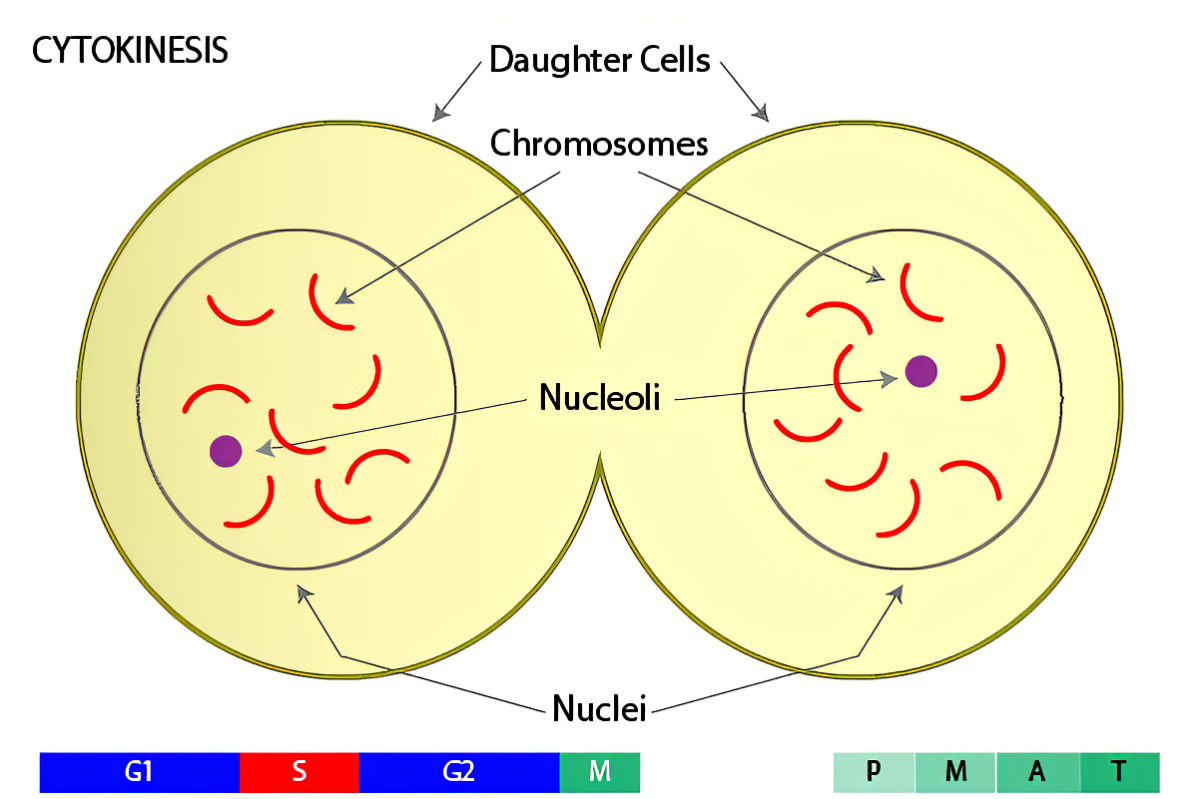
Binary fission- Prokaryote
most prokaryote use to reproduce:
DNA is replicated, 2 circular chromosomes
each copy, attach to cell membrane
cell begins to pull apart
cytokinesis/ mutation of new cell
Prokaryotic cells use binary fission, a simple and quick process that allows them to reproduce rapidly. This helps them adapt to changing environments and outcompete other organisms.
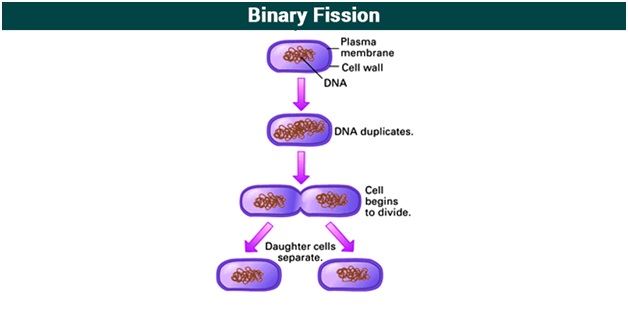
cell division- Eukaryotes
all cells arise from pre-existing cells
have same amount of chromosomes as parent cells
ipmat